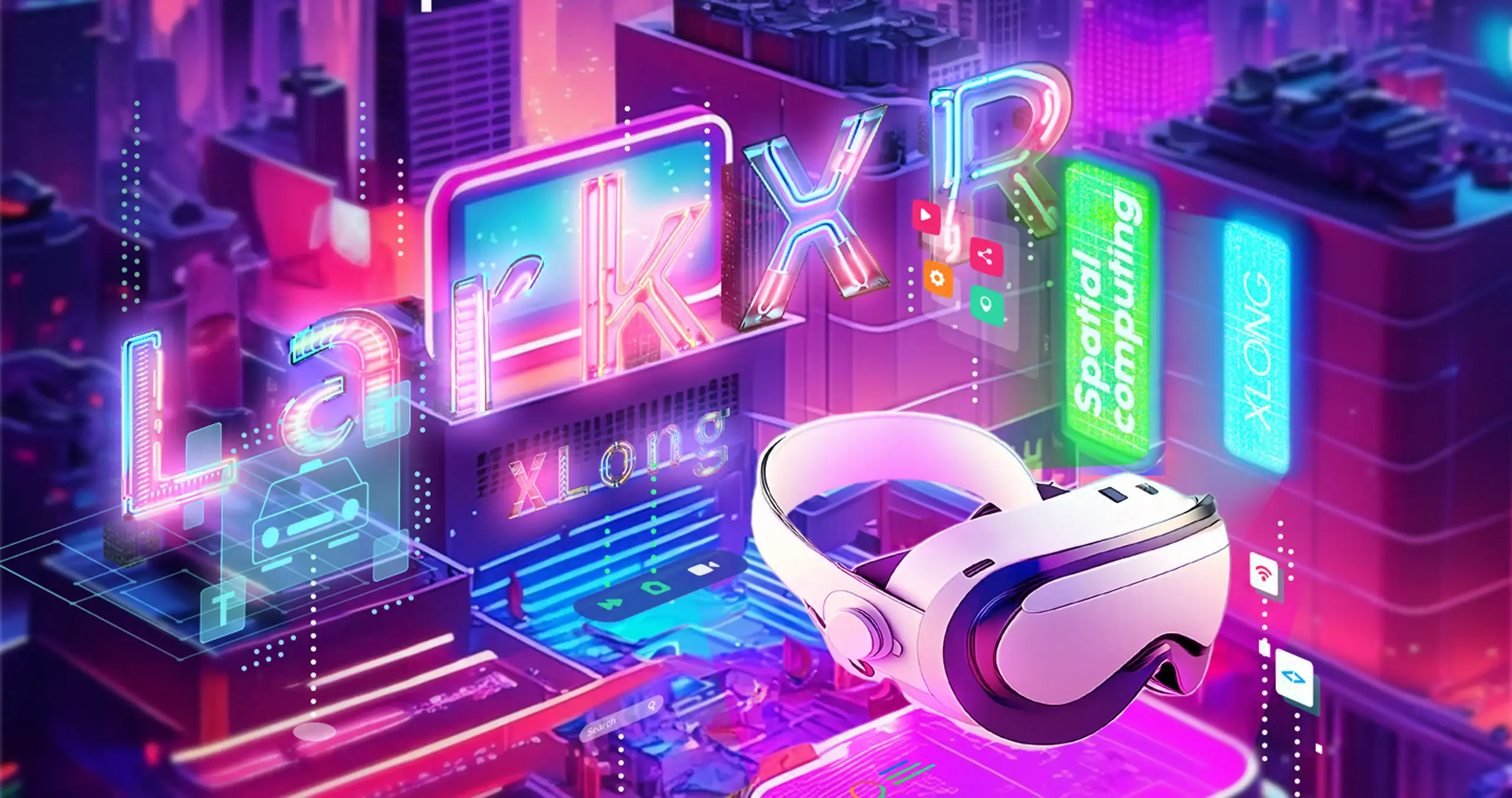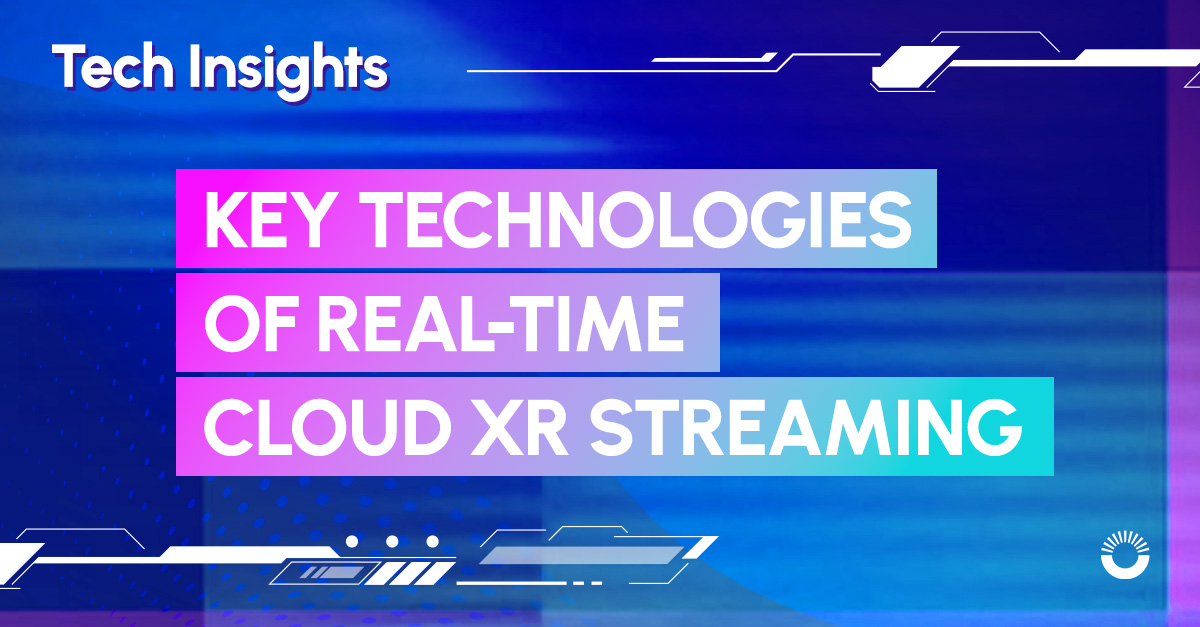Cloud XR Streaming: Edge Computing for Real-Time Interactive Applications
Edge computing has emerged as a new computing technology and service model driven by market demand and advancements in network technology. As a cutting-edge computing paradigm, edge computing provides cloud-like computing power services at the network edge, close to the data generation source. This approach significantly reduces the amount of data that needs to be uploaded to cloud data centers, thereby alleviating the computational and bandwidth burden on data centers, reducing network transmission latency, improving computational efficiency, and saving costs. It also helps address data security and privacy issues.
Key Components
Diverse and Decentralized Computing Power
Edge computing offers diverse and decentralized computing power that can be precisely deployed based on data processing needs. It can be built into regional edge nodes close to cloud computing scale or deployed as micro-cloud computing environments on-site. Edge computing is widely used in fields such as IoT, audio and video processing, real-time cloud rendering, smart manufacturing, security monitoring, and new retail.
Application Scenarios and Latency Requirements
Different application scenarios have varying network latency requirements. For example, cloud XR streaming services have the highest latency requirements, followed by esports, cloud gaming, and metaverse applications that demand high interactivity. On the other hand, VDI cloud desktops for regular office work or remote maintenance have the lowest latency requirements. Overall, real-time cloud rendering demands higher latency than traditional video surveillance and smart engineering but lower than high-precision applications like autonomous driving and remote surgery.
Edge Data Center Construction
The large-scale and standardized construction of edge data centers provides a stable physical environment for GPU computing hardware. The advancement of cloud computing has promoted the integration of real-time cloud xr steaming and edge computing, enabling image quality comparable to local operation. This also places higher demands on service providers’ computing power scheduling, resource management, and edge device integration capabilities. By fully leveraging the advantages of edge computing, the quality of product services can be significantly enhanced.
Paraverse x CDS Global Cloud Integrated Solution
The Paraverse x CDS Global Cloud Integrated Solution combines the resource elasticity advantage of capital elastic computing with the on-demand computing resource delivery advantage of elastic computing. This allows for elastic deployment of business and elastic delivery of applications over a wide range. In terms of computing power scheduling, the joint solution deploys multiple edge real-time computing nodes nationwide, offloading some graphical computing power to second-tier cities around central cities, reducing the energy pressure on data centers in central cities, and creating a new green data center ecosystem.
CDS Global Cloud provides heterogeneous computing for real-time rendering. It offers a resource pool composed of tens of thousands of GPUs distributed across 30+ edge nodes nationwide, covering 80% of the country. The resource pool will continue to expand, providing at least 300+ edge nodes to ensure computing power accessibility for end users, available on-demand. The joint solution will accelerate the implementation of digital twins, virtual humans, virtual reality, immersive experiences, and XR applications, helping industries such as the internet, new retail, social, industrial, transportation, and urban management explore innovative business models.




